옆집에 사는 예술가
Pictures, Style, and Daily Life
Paju_Byungwoo Bae's studio
Pictures draw time and space from nature. It is to select, condense and show. So different eyes create different pictures. This is why all the pictures are different wherever they are taken at the same place. A picture is not showing as the world is, but interpreting the world. Only people who become a master based on a long-time training can show their own interpretation through a machine called a camera.
- Byungwoo Bae, <Byungwoo Bae, Picture with Lights.
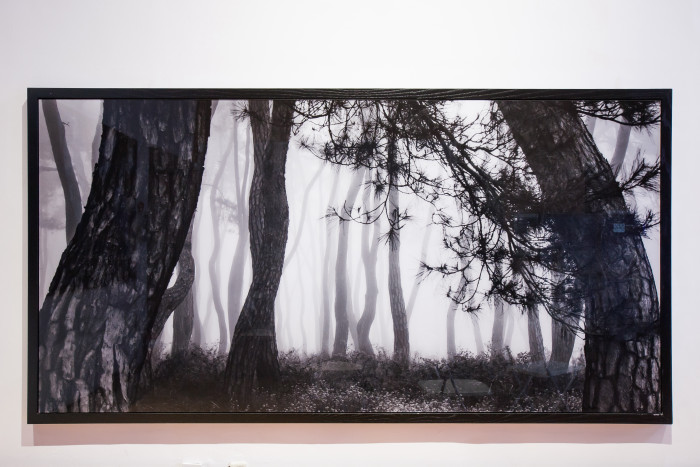
About Pictures
To tell a story about photographer Byungwoo Bae, I cannot help starting with nature. His works began with nature and i guess will end with nature. The photographer from Yeosu spent his childhood in the blessed environment surrounded by sea and islands. He actually said the root of his ecological sensitivity is sea and islands in Korea. He is famous for a pine photographer but it is said that the first thing he took a picture of was actually the sea. Then while he took a picture in front of Naksansa in 1984 he encountered a pine like a destiny. At the very time, photographer Ties between photographer Bae and a pine began. He saw himself, Korea and furthermore modern people in Pine trees. He saw a human being in the nature of a pine, and a human being was what he faced eventually when looking at various natural objects such as sea, islands, volcanic cones, flower plants and so on. So it is a little bit inappropriate to interpret his way of working as a journey to see through the only root of nature. He considers nature not to be seized by human technology, and so the nature is the other’s territory which we can have a relation with. Therefore when we see his pictures, we had better focus more on how to take a picture than what to take a picture of.
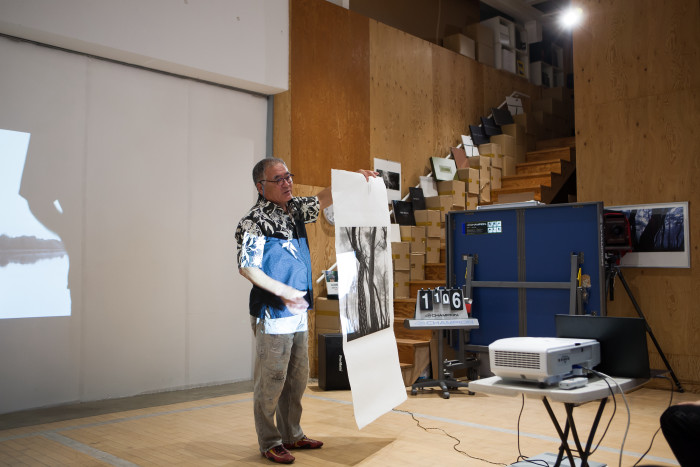

About a Style
Photographer Bae gave an unexpectely wise answer to my silly question of how can we take a picture ‘well’. He said there are no pictures taken ‘well’ but just pictures of his or her own ‘style’. Then what is a style on earth? Of course it can be something that cannot be created voluntarily and actively because a style is built regardless of our consciously selecting. In this sense a style can be a kind of habits. So it is very difficult to define a term of a style but an obvious fact is that a style is more closely related with an art than anything historically. It originated from stylus, which was understood as ‘style of writing’ in literature. Then in 18th century when institutional rules on pure arts were set in Europe, a style started to be used as an important methodology to understand arts and today became informal terminology to use like a habit whenever we talk about arts.

In the late 19th century, Heinrich Wölfflin who is renowned for laying a foundation of style theory as a methodology in art history argued the importance of the concept of a style in earnest, saying “It is important for artists how to say rather than what to say.” But ‘how to say’ here should not be understood as cumbersome fopperies to decorate a substance. It implies unlimited possibilities of building various relationships which result from unfillable gaps between an object and a subject. The discussion has been expanded in 20th century as the crossover of daily life and an art happened frequently. Susan Sontag emphasized a style is inevitable in an artwork through her paper <About a Style>. According to her, a prerequisite for a work of art is to distance the work from the real world the work reproduces, and a style is gestures of a human being caused between the distances. In this context, a style can be traces of arbitrary human behaviors which never go with a scientific causal relationship.
Lately Richard Shusterman stated his comment on somatic dimension that arbitrary behaviors of a human being take through his paper <Somatic Style>. To put it concretely, Shusterman emphasizes that we can never put aside a somatic dimension when building a ‘style’ suggesting a concept of ‘somatic style’. Somatic Style is an ingrained habit of individuals and groups and a habitual behavior pattern revealed through senses. But all habits cannot be a creative style and cannot lead to an artistic style.
Style, including somatic style, is a disposition or habit to perform or appear in a certain manner or set of ways. Though habits involve automatic mechanisms and can lead to ruinous routines, habits can also be creative in adapting themselves to new conditions and incorporating new elements and applications to improve their utility. Indeed, the power of habit depends on such creative adaptation, which ensures its reinforcement in a wide range of different conditions and uses.
- In <An Aesthetics of a Style>, Richard Shusterman and various authors.
So following ingrained habits of artist Byungwoo Bae is just like entirely experiencing his style. On the day he opened his studio in Paju, we could meet his creative style originated from his habits as a human being.
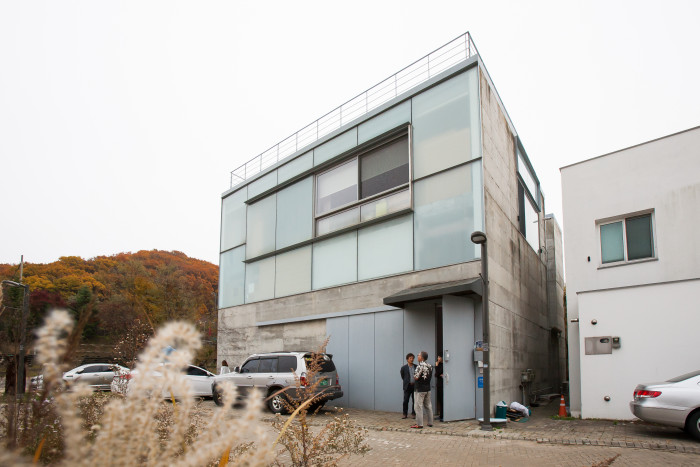
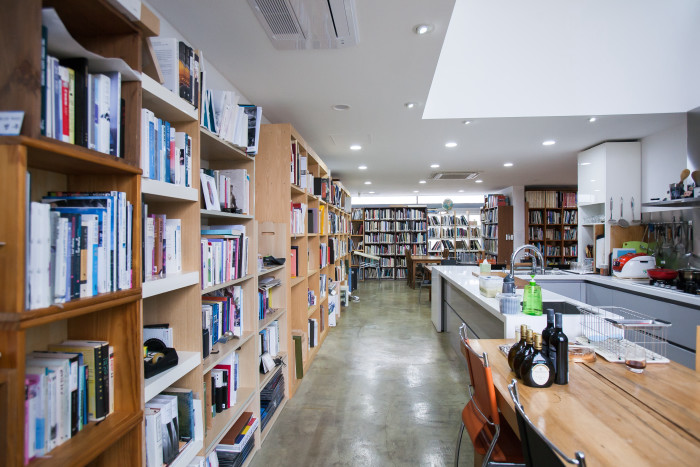
Daily Life of Byungwoo Bae in his Studio
When I met the artist for the first time, he has told me that training his body and taking a picture have something in common. No wonder he said he cannot take a picture going around mountains and seas without strong body, but in the other hand this is the punch line to enlighten me he is taking a picture with not his eyes but his whole body. And I suggested programs to follow his everyday behaviors for the open studio. We planned to share his daily lives without flowery words.
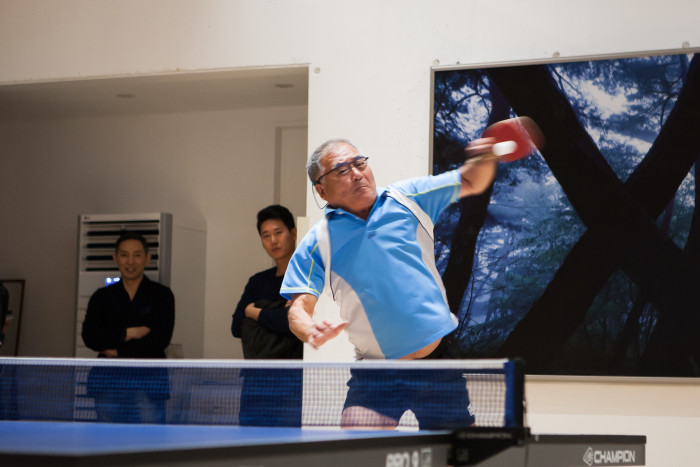
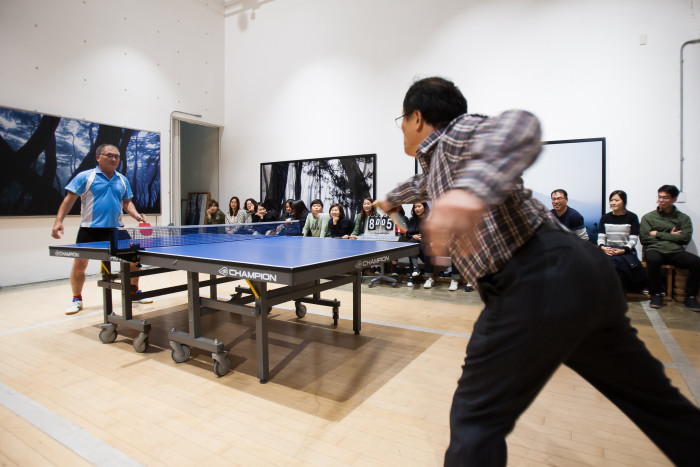

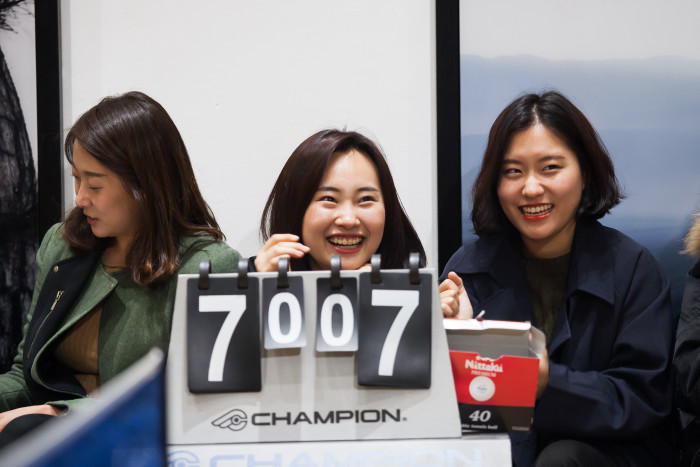

He has worked in this studio since the beginning of artists’ village built in Heyri, Paju. He said he sometimes wanted a bigger studio but now was fully satisfied with the current studio because he thought there is no better and quieter place to work than here. Inside of the no-frills studio was a space with essential things well-arranged. There was an unnatural item placed surprisingly naturally. It was a Ping-Pong table. It occupied much space in the middle of the studio, and it was so natural that I could not notice it. The artist has continuously played table tennis since he was a teenager and that is the physical activity that he enjoys best so far. So on the day of his open studio, we had time for sharing his natural everyday life on the Ping-Pong table.
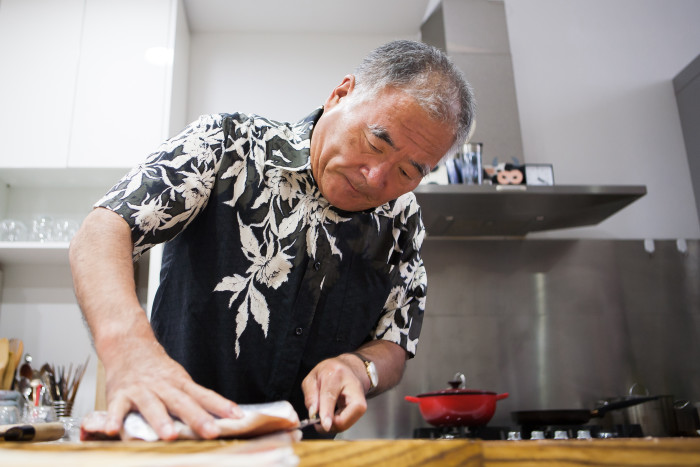
The artist prepared for the dinner three hours in advance, for participants who would visit his studio despite bad weather of chilly winds whistling through the rains. No, a few days ago he already ordered big and fresh cero from Yeosu, his hometown, and cero came to Paju as soon as it came up to the land from waters off Yeosu in the early morning. He looked as familiar and happy when he cleaned well-seasoned cero and made sushi as he is in front of the camera. He said he cooked by himself when staying in the studio. And he run a project to introduce famous restaurants which deliver a taste of Korea as a famous gourmet. When being asked if cooking is troublesome, he reproved me for being lazy saying that there is nothing more pleasant than cooking and eating for people who actually work to live. It was an autumn night when I made up my mind to live more creative lives.
Written by Nari Kim (Creative Director/Art Critic)
<ggc의 모든 콘텐츠는 저작권법의 보호를 받습니다.>
- 글쓴이
- 옆집에 사는 예술가
- 자기소개
- 사적이고 비밀스러운 창작공간이자 때로는 도전적이고 개방적인 실험의 장으로서 끊임없이 진화해 온 창조적인 장소, ‘예술가의 작업실’에 가 보신 적이 있나요? 《옆집에 사는 예술가》는 지역사회의 중요한 문화 자산인 ‘예술가의 작업실’에서 예술가의 일상을 공유하는 대중 프로그램을 통해 창작의 현장에서 치열하게 고민하고 활동해 온 경기지역 예술가들을 만나는 프로젝트입니다.